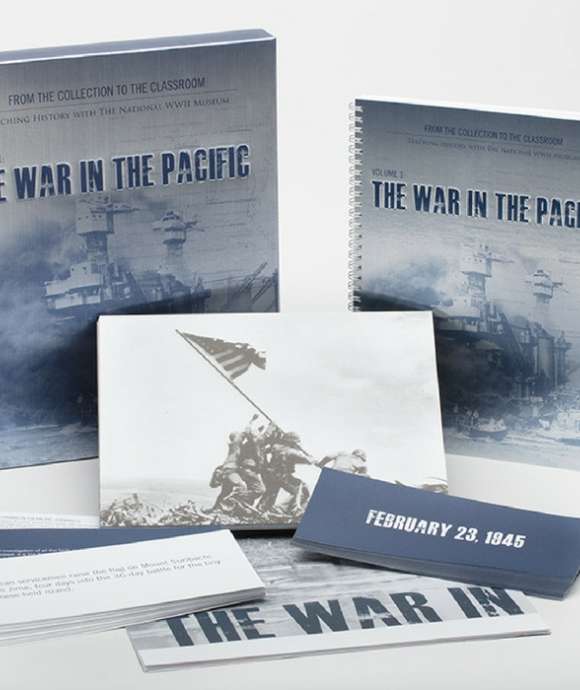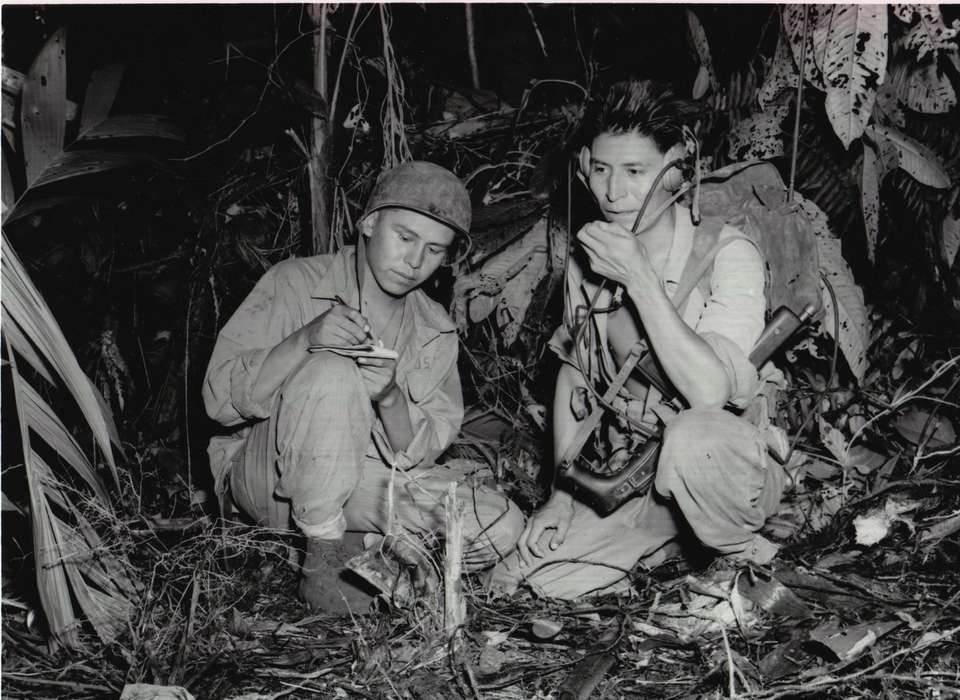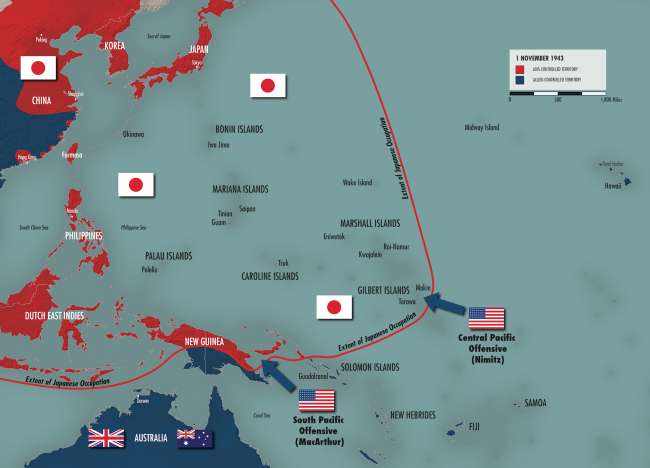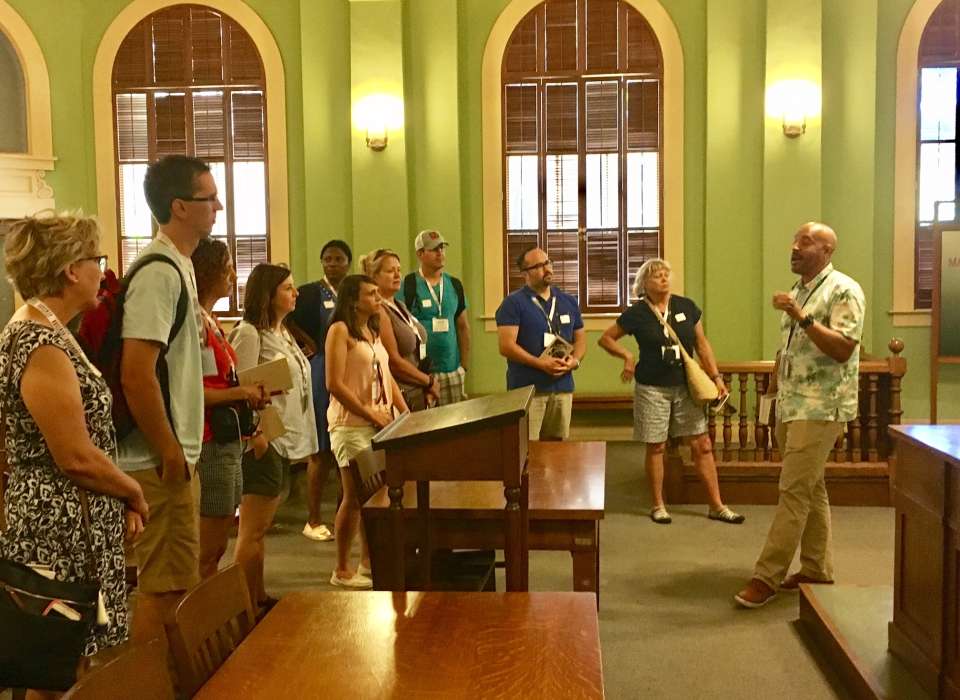What is a code talker? A code talker is the name given to American Indians who used their tribal language to send secret communications on the battlefield. Most people have heard of the famous Navajo (or Diné) code talkers who used their traditional language to transmit secret Allied messages in the Pacific theater of combat during World War II. But did you know that there were at least 14 other Native nations, including the Cherokee and Comanche, that served as code talkers in both the Pacific and Europe during the war? The idea of using American Indians who were fluent in both their traditional tribal language and in English to send secret messages in battle was first put to the test in World War I with the Choctaw Telephone Squad and other Native communications experts and messengers. However, it wasn’t until World War II that the US military developed a specific policy to recruit and train American Indian speakers to become code talkers. The irony of being asked to use their Native languages to fight on behalf of America was not lost on code talkers, many of whom had been forced to attend government or religious-run boarding schools that tried to assimilate Native peoples and would punish students for speaking in their traditional language.
The US Army was the first branch of the military that began recruiting code talkers from places like Oklahoma in 1940. Other branches, such as the US Marines and Navy, followed a few years later, and the first class of 29 Navajo code talker US Marine recruits completed its training in 1942. Apart from basic training, these men had to develop and memorize a unique military code using their mostly unwritten language, and were placed in a guarded room until this task was completed.
The first type of code they created, Type 1 code, consisted of 26 Navajo terms that stood for individual English letters that could be used to spell out a word. For instance, the Navajo word for “ant,” wo-la-chee, was used to represent the letter “a” in English.
Type 2 code contained words that could be directly translated from English into Navajo, and the code talkers also developed a dictionary of 211 terms (later expanded to 411) for military words and names that didn’t originally exist in the Navajo language. For example, since there was no existing Navajo word for “submarine,” the code talkers agreed to use the term besh-lo, which translates to “iron fish.”

The War in the Pacific
Explore The National WWII Museum's curriculum for its Summer Teacher Institute.
Most code talkers were assigned in pairs to a military unit. During battle, one person would operate the portable radio while the second person would relay and receive messages in the Native language and translate them into English. Their work was highly dangerous especially in the Pacific, because Japanese soldiers would deliberately target officers, medics, and radiomen, and code talkers had to keep moving as they transmitted their messages. The work of hundreds of code talkers was essential to Allied victory in World War II, and they were present at many important battles, including at Utah Beach during the D-Day invasion in France, and at Iwo Jima in the Pacific. In fact, 5th Marine Division signal officer Major Howard Connor stated, “Were it not for the Navajos, the Marines would never have taken Iwo Jima.”
Despite their heroic contributions during the war, American Indian code talkers were told that they had to keep their work secret. They couldn’t even tell their family members about their communications work. Since the codes that they developed remained unbroken, the US military wanted to keep the program classified in case the code talkers were needed again in future wars. Even when the WWII code talker program was declassified in 1968, national recognition of code talkers was slow. While there was some recognition in the 1970s and 1980s, it wasn’t until 2001 that Congressional Gold Medals were given to the Navajo and other code talkers.
Cite this article:
MLA Citation:
APA Citation:
Chicago Style Citation:










